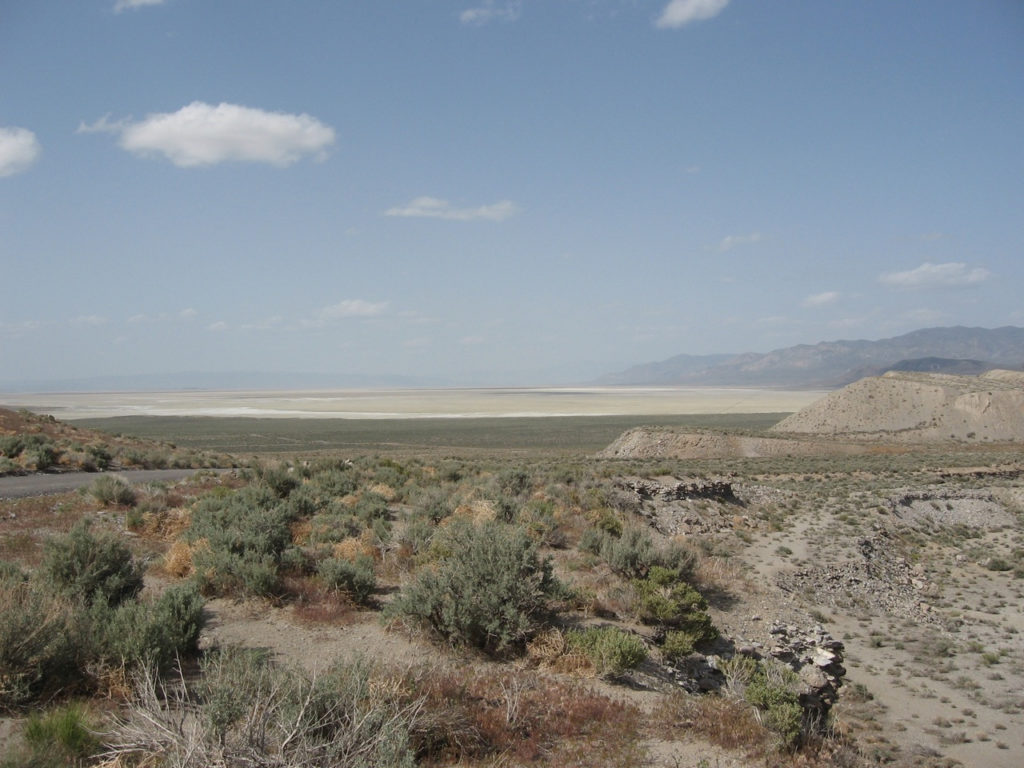
In 1903, the Western Pacific Railway was incorporated with its main goal to build a 810 mile line from the San Francisco Bay Area to Salt Lake City. They were successful in one aspect. On November 1, 1909, the last spike was driven on Western Pacific’s line at Spanish Creek Bridge near Quincy, California. When the railroad was incorporated, it proposed to build twelve branch lines. These “feeder” lines were extremely important to generate rail traffic, which would provide necessary revenue for the fledging railroad. One of these proposed lines called for a Surprise Valley Railway
In April 1912, the Western Pacific did a reconnaissance survey for the initial line. The starting point was at its Reynard Station on the east side of the Smoke Creek Desert. The record is not clear if the line would traverse across the Smoke Creek Desert to the west side. From the Buffalo Salt Works on Smoke Creek’s west side, the line went in a northerly direction through Buffalo Meadows, onward to Duck Lake Valley and into Surprise Valley. It is interesting to note this was the same route from Buffalo Salt Works to Surprise Valley, that the military used inthe late 1800s as a supply route to Fort Bidwell, at the far north end of Surprise Valley.
In the summer of 1913, there was a lot speculation when it was announced that the Surprise Valley Railway incorporated in the state of Oregon. It was duly noted that the intended goal was raise $800,000 through the sell of stock. In March 1914, it was revealed that J.E. Sexton of the Eureka and Nevada Railroad was ready to construct the a narrow gauge railroad line for the Western Pacific from Smoke Creek to Surprise Valley. As the months passed by, all was quiet with the project.
To be continued tomorrow.